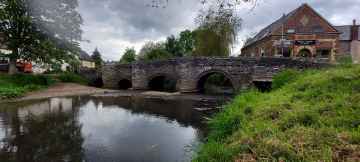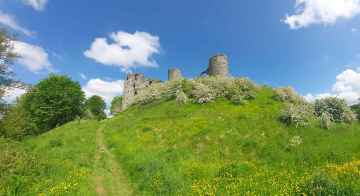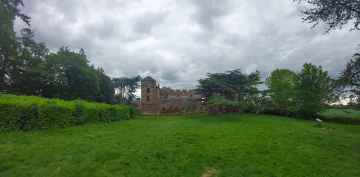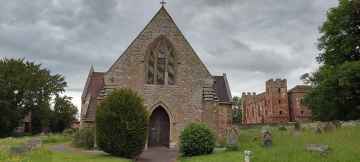Cleobury Mortimer
Cleobury Mortimer is a Town in the county of Shropshire.
There are great places to visit near Cleobury Mortimer including some great towns, rivers and streams, castles, ruins, villages, historic buildings and shopping centres.
There are a number of towns near Cleobury Mortimer including Clun, Shrewsbury, and Telford.
There are a several good rivers and streams in the area around Cleobury Mortimer like River Clun.
The area around Cleobury Mortimer features a number of interesting castles including Clun Castle, and Acton Burnell Castle.
The area around Cleobury Mortimer boasts some of the best ruins including Clun Castle, and Acton Burnell Castle.
Places near Cleobury Mortimer feature a number of interesting villages including Acton Burnell.
Historic Buildings to visit near Cleobury Mortimer include Church of Saint Mary at Acton Burnell.
Telford Centre is one of Cleobury Mortimer's best, nearby shopping centres to visit in Cleobury Mortimer.
Cleobury Mortimer History
There are some historic monuments around Cleobury Mortimer:
Places to see near Cleobury Mortimer
History of Cleobury Mortimer
Two literary figures have strong connections with Cleobury: William Langland and Simon Evans. Langland, a contemporary of Geoffrey Chaucer, was almost certainly born in the vicinity in the 14th century, and is commemorated in the very fine and intricate (Victorian) East Window of St Mary’s Church, as well as in a local road name. Simon Evans is a 20th-century writer, who fought throughout the First World War, and suffered from being gassed. He had been a postman on Merseyside before the war, and after the war sought a rural postal round, to soothe both nerves and body. Cleobury suited him well; here he blossomed, took a correspondence course in English, and became a successful writer and radio broadcaster in the 1930s. Heath Cranton published five of his books, and he married ‘Auntie Doris’ (Aldridge), a radio performer, but his new life was cut short in 1940, when the effects of the gassing finally caught up with him. His legacy is visible in the naming of a local street, a plaque on the old Post Office, and a dedicated local walk ‘The Simon Evans Way’ which the CM Footpath Association has created in recent years.















